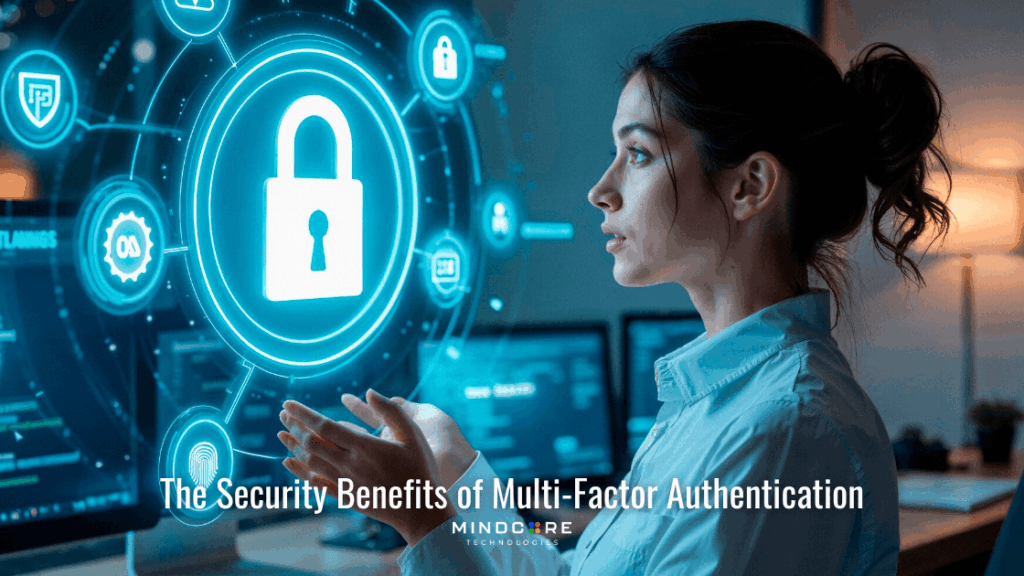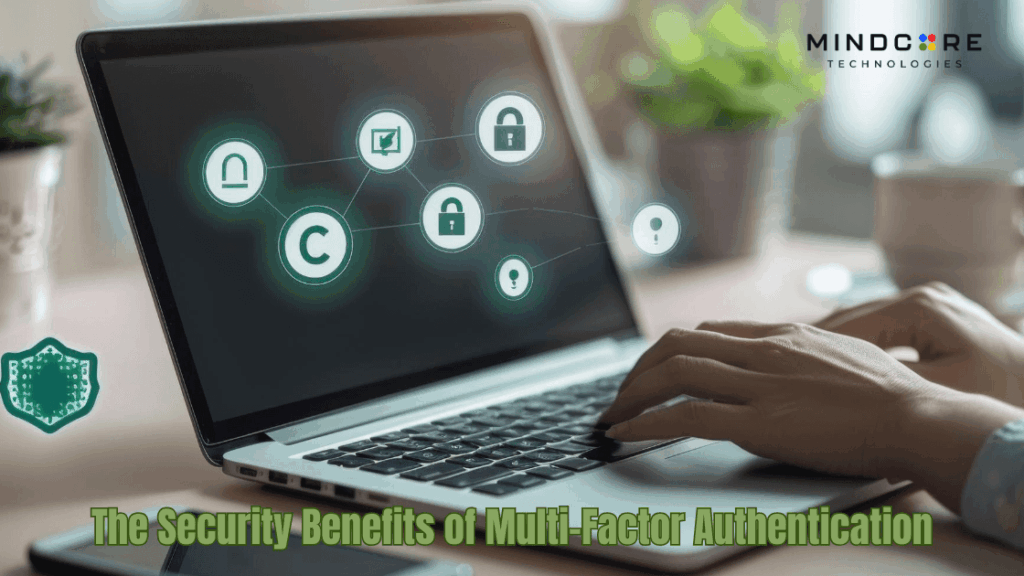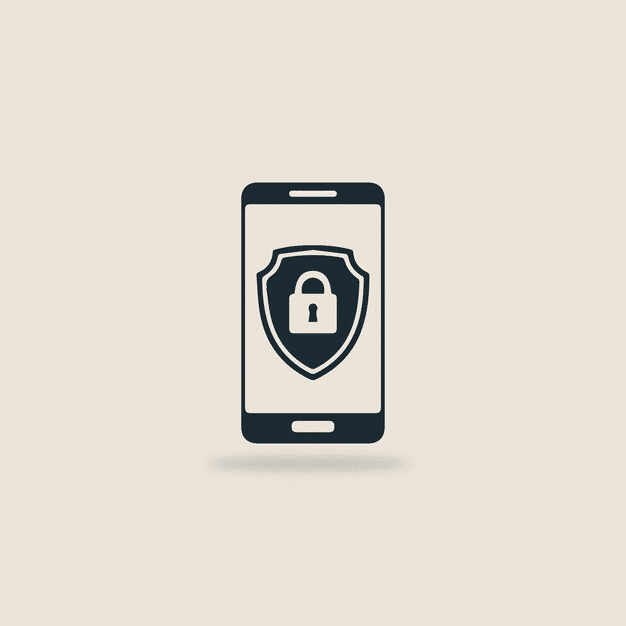What is MFA—Multi-Factor Authentication
Nowadays, in the digital age, any business or personal information should be protected. Cyber-security threats have grown as a very alarming concern, and the protection methods with password-only defense systems have proved to be grossly insufficient. In this light, multi-factor authentication has emerged as one of the critical arsenals used in this fight.
Another essential feature of MFA is that it requires users to give two or more verification factors to access the resources, making it much harder for malicious people to get their details.
Multi-Factor Authentication?

It requires the user to verify the claimed identity by providing two or more different factors, such as something they know (password), something they have (security token), and something they are (biometric verification). This further enhances security because a multilayered approach constitutes two or more factors into one, thus making it very difficult for an attacker to compromise an account.
Why Passwords Aren’t Enough All by Themselves
Passwords are said to be the weakest link in a chain of cybersecurity. Weak passwords and reusing practices provide opportunities for cybercriminals to launch cyber-attacks through credential stuffing and phishing. An NCBI study shows that over 80% of breaches are due to weak or stolen passwords. MFA cures all these weaknesses by introducing one more verification step, thus ensuring that unauthorized access is at least less likely even in compromise of a password.
How MFA Works
MFA can be implemented through numerous mechanisms, which take into account factors such as the following:
- What the user knows: Information that the user keeps to himself; for example, passwords, PINs.
- Ownership factors: The user owns physical things like a smartphone or hardware token.
- Inherence Factors: biometrics, fingerprints, face recognition, or voice recognition.
All these three factors can be combined into some kind of defense mechanism against unauthorized access: For example, a user inputs the password to the system (something he knows), receives a code in his smartphone device (something he possesses), and logs into an online account by undergoing an inherence factor, which involves a finger scan identity check.
The Security Benefits of MFA

Advanced Security to Cyber-Attacks
MFA yields many more security benefits compared with traditional single-factor authentication. This is a better defense against phishing attacks in which users could be tricked into revealing their login credentials. Even if he hacks the password, he will still need those extra factors of authentication to be actually logged in.
Reduced Fraud and Identity Theft
MFA protects real users from being impersonated by cybercriminals using various verification modes. This is one very critical element for the protection of people’s transactions and other dealings. According to reports by G2, fraud and identity theft are significantly reduced in organizations implementing MFA.
Improved Compliance With Regulatory Standards
Not limited by these facts, many industries are under strict regulation in running proper security to protect their sensitive data. MFA implementation turns an organization compliant with such laws as GDPR, HIPAA, and PCI-DSS; as a result, decreasing its legal penalty due to not adhering and increasing its reputation as a secure one.
Increased User Trust and Confidence
As the world wakes up to cyber threats, a concern for the safety of one’s data is also felt. Deploying multi-factor authentication means an investment in securing user data, therefore enhancing the level of trust and confidence in the user. Users tend to prefer what services look safe, hence referring to an increase in competition improvement in the new digital marketplace.
Implementing Multi-Factor Authentication in Your
Business

MFA Implementation Best Practices
Organizations should ensure that MFA is implemented in the following way for best results:
- Educate Users: Make sure users know the importance of MFA and how to utilize it properly.
- Choose the Right Factors: Choose the factors of authentication that will balance the security level with ease of use for users.
- Regular Update of Policies: Security policies must be updated regularly considering the changing threats and technological advancements. – Monitor and adapt: Continue to monitor the effectiveness of the MFA model and adapt it to new security challenges.
Challenges
Even though MFA dramatically improves security, it has several pitfalls. Multi-authentication methods are usually quite user-unfriendly, and nearly in all cases, the implementation of MFA means a complete redefinition of the present IT system. Nevertheless, the benefits in the long run outweigh these drawbacks at the outset. Organizational methods of implementation to overcome these challenges include:
- Clear Instructions Given: Well-written and understandable instructions can be carried out to support users in helping them to get acquainted with MFA.
- Phased Implementation: It can be undertaken in phases within different parts of the organization.
- Feedback Mechanisms: Provide your users with mechanisms to give feedback. This will help any issues be discovered and resolved early on.
Conclusion
MFA is a critical tool in improving security at this juncture when the face of cyber threats has taken a very sophisticated state. With this mechanism, multiple-factor authentication dramatically reduces the risks of unauthorized access and, therefore, protects sensitive information, boosting user confidence. Now, organizations can secure their assets with an MFA, thus complying with all standards simultaneously. In dynamic cyberspaces today, multi-factor authentication cannot be ignored; it is a must for every organization serious about defending its digital infrastructure.


